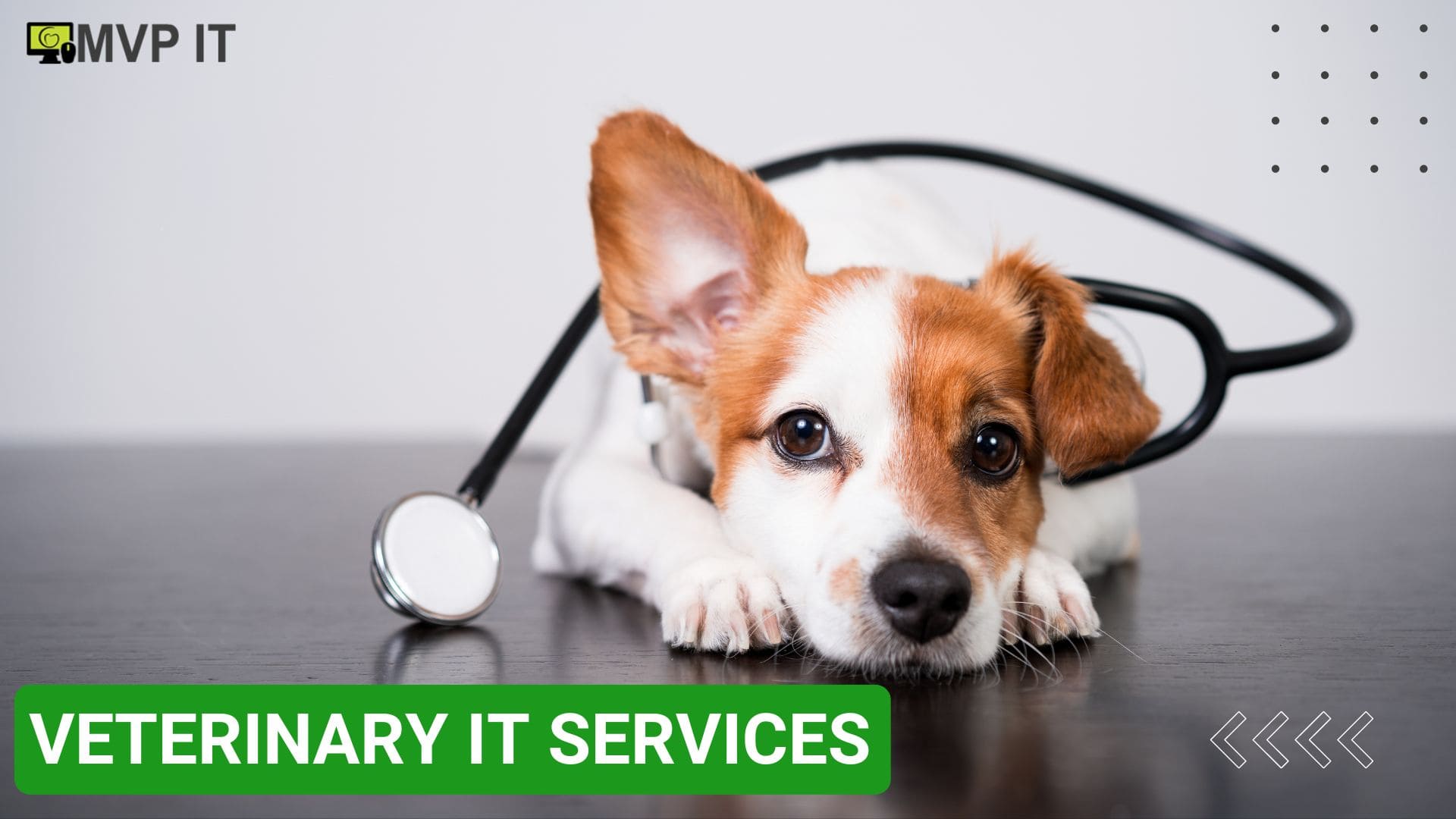In today’s technologically advanced world, every industry is leveraging the power of Information Technology (IT) to streamline operations, enhance services, and improve overall efficiency. The veterinary field is no exception. Veterinary IT services have emerged as essential tools for optimizing animal care, revolutionizing the way veterinary practices operate and improving outcomes for both animals and their caregivers.
Veterinary IT services encompass a wide range of digital tools and solutions designed specifically for animal care facilities. These services aim to digitize and automate various aspects of veterinary practice management, including patient records, appointment scheduling, billing, and communication.
Importance of IT in Animal Care
Streamlining Administrative Tasks
One of the primary benefits of veterinary IT services is their ability to streamline administrative tasks. With electronic medical records (EMRs) and practice management software, veterinarians can efficiently manage patient information, schedule appointments, and handle billing and invoicing tasks.
Enhancing Communication
Effective communication is essential in any healthcare setting, and veterinary practices are no exception. Veterinary IT services often include features such as email and SMS reminders, online appointment booking, and client portals, facilitating seamless communication between veterinarians, staff, and pet owners.
Improving Patient Care
By providing veterinarians with instant access to comprehensive patient records and diagnostic tools, veterinary IT services enable more accurate diagnoses and personalized treatment plans. Telemedicine capabilities also allow veterinarians to provide remote consultations and monitor patients’ progress from anywhere, improving access to care for both rural and urban pet owners.
Key Features of Veterinary IT Services
Electronic Medical Records (EMRs)
Electronic medical records (EMRs) are digital versions of paper charts containing all of a patient’s medical history, diagnoses, medications, treatment plans, and test results. EMRs allow veterinarians to access patient information quickly and securely, improving the efficiency and accuracy of diagnosis and treatment.
Telemedicine Capabilities
Telemedicine allows veterinarians to conduct virtual consultations with pet owners, providing advice, diagnosing minor ailments, and monitoring chronic conditions remotely. Telemedicine services can help reduce the need for in-person visits, especially in emergencies or for clients with limited mobility.
Client Portals
Client portals are online platforms that allow pet owners to access their pets’ medical records, schedule appointments, request prescription refills, and communicate with veterinary staff securely. Client portals improve client engagement and satisfaction by empowering pet owners to take an active role in their pets’ healthcare.
Benefits of Implementing Veterinary IT Services
Increased Efficiency
By automating routine tasks and streamlining workflows, veterinary IT services help practices operate more efficiently, allowing veterinarians and staff to focus on providing quality care to their patients. Electronic medical records (EMRs) eliminate the need for paper-based record-keeping, reducing errors and administrative overhead.
Enhanced Patient Outcomes
Access to comprehensive patient records and diagnostic tools enables veterinarians to make more informed decisions and provide better care to their patients. Telemedicine services improve access to care for pet owners in remote areas or with limited mobility, leading to earlier diagnosis and treatment of health issues.
Better Client Satisfaction
Client portals and telemedicine capabilities enhance communication and accessibility, improving client satisfaction and loyalty. By offering convenient online appointment scheduling, prescription refills, and virtual consultations, veterinary practices can provide a higher level of service and convenience to their clients.
Challenges in Adopting Veterinary IT Services
Initial Setup Costs
Implementing veterinary IT services can be costly, requiring investments in hardware, software, and staff training. Small practices, in particular, may struggle to afford the upfront costs associated with transitioning to a digital practice management system.
Staff Training and Resistance to Change
Transitioning to a digital practice management system requires staff training and adaptation to new workflows and procedures. Some staff members may resist change or struggle to learn new technologies, leading to implementation challenges and decreased productivity during the transition period.
Data Security Concerns
Storing sensitive patient information electronically raises concerns about data security and privacy. Veterinary practices must implement robust security measures, such as encryption, access controls, and regular data backups, to protect patient confidentiality and comply with regulatory requirements.
Case Studies: Successful Implementation of Veterinary IT Services
ABC Animal Hospital
ABC Animal Hospital, a small veterinary practice in rural Wyoming, successfully implemented a cloud-based practice management system with telemedicine capabilities. By offering virtual consultations and online appointment scheduling, ABC Animal Hospital improved access to care for clients in remote areas and increased patient engagement.
XYZ Veterinary Clinic
XYZ Veterinary Clinic, a large urban practice, invested in an integrated electronic medical records (EMR) system with client portals and mobile apps. By empowering pet owners to access their pets’ medical records and communicate with veterinary staff online, XYZ Veterinary Clinic improved client satisfaction and streamlined administrative tasks.
Future Trends in Veterinary IT Services
Artificial Intelligence (AI) Applications
Advances in artificial intelligence (AI) are revolutionizing the veterinary field, enabling the development of predictive analytics tools, image recognition software, and virtual assistants for veterinarians. AI applications have the potential to improve diagnostic accuracy, optimize treatment plans, and enhance patient outcomes.
Wearable Technology for Animals
Wearable technology, such as fitness trackers and health monitors, is becoming increasingly popular among pet owners, allowing them to monitor their pets’ activity levels, heart rate, and sleep patterns. Veterinary IT services may incorporate wearable technology to collect real-time health data and provide personalized recommendations for pet care.
Conclusion
Veterinary IT services play a crucial role in optimizing animal care by streamlining administrative tasks, enhancing communication, and improving patient outcomes. By implementing digital practice management systems, veterinarians can increase efficiency, improve client satisfaction, and provide better care to their patients. Despite challenges such as initial setup costs and data security concerns, the benefits of veterinary IT services outweigh the drawbacks, paving the way for a more connected and efficient veterinary industry.











